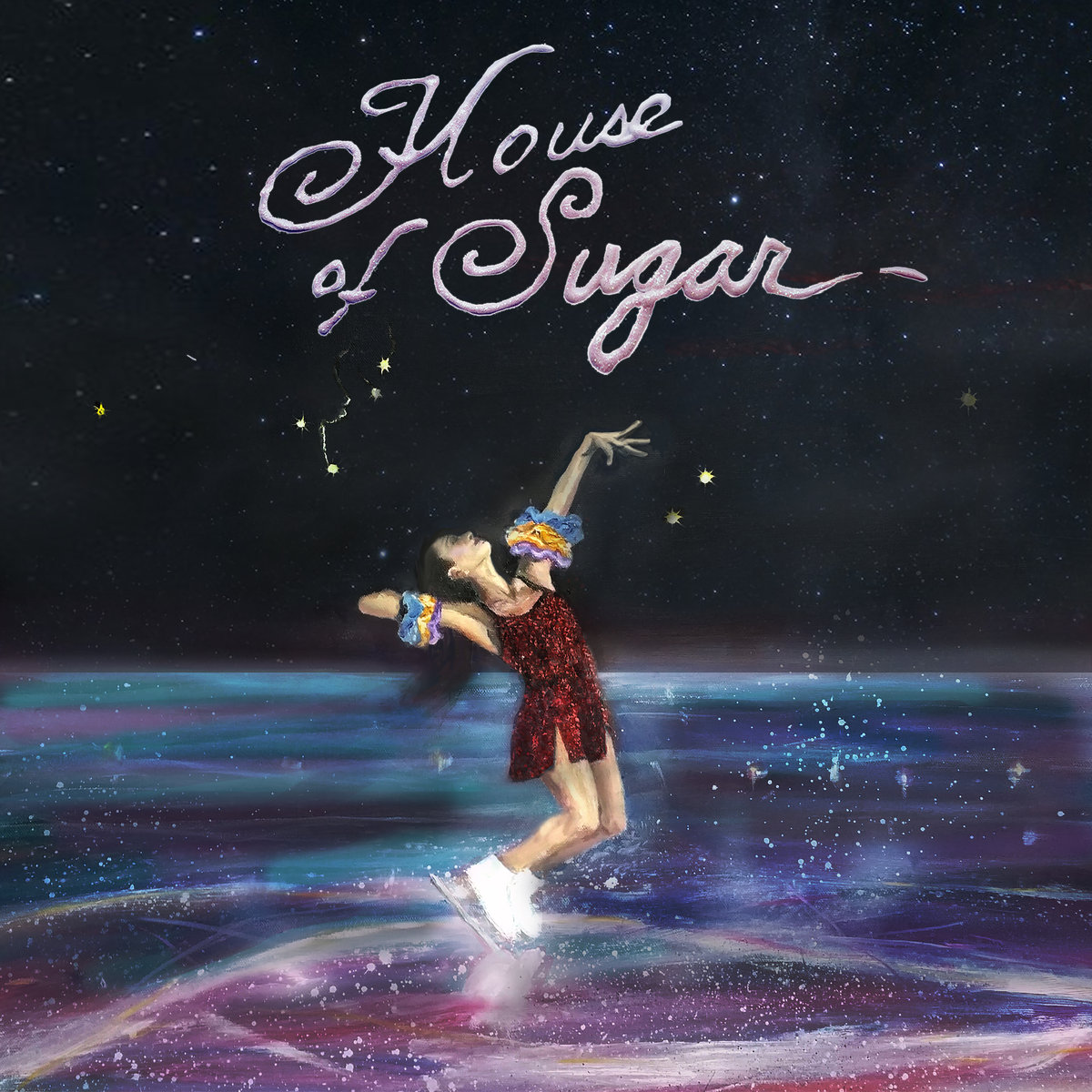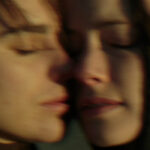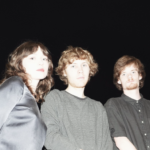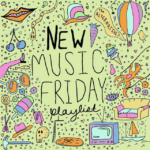Album Review: (Sandy) Alex G—’House of Sugar’
Posted: by The Alt Editing Staff

Alexander Giannascoli, better known as (Sandy) Alex G, is an artist who can’t be defined by a single genre. His output, dating back to Bandcamp releases from 2010, encompasses an impressive number of different styles: from folk, to indie rock, to noise-rock, to country, R&B, jazz, among others. It is through such a smorgasbord of styles, accompanied by vocals that range from whispered to screamed, that Giannascoli’s work can be seen as the definitive soundtrack of indie/alternative music’s vast range of sound.
However, the work of (Sandy) Alex G has always managed to sound unique in all of his musical forays, with acclaimed efforts such as DSU and Beach Music attracting the attention of fellow artist Frank Ocean, and resulting in Giannascoli’s contribution to Ocean’s pair of 2016 releases, Endless and Blond(e). In 2017, he released Rocket, featuring more guest musicians than his typical solo-centric work, which proved to be his most diverse collection of songs and styles yet, continuing his streak of successful creative work. And last month he released House of Sugar, a record that is simultaneously familiar and foreign in sound, and one that displays Giannascoli’s range growing ever larger.
The album opener, “Walk Away,” begins with a digitized croon, pitch-shifted and slowed down against acoustic guitar as Giannascoli warns, “Some day I’m gonna walk away from you.” Soon, a wall of sound emerges, adding piano, keyboards, drums, bass, and pitch-shifted harmonies crying “I don’t wanna” against Giannascoli’s untreated “Not today.” The circular nature of the song is ingeniously complementary to its lyrics of walking away yet always coming back.
The next song, “Hope,” contains prominent acoustic guitars that’re evocative of his earlier work, but updated with his perfected use of harmonies and keyboards that make the track shimmer. The vast layers of sound in here are reoccurring throughout all of House of Sugar, which is a noticeable difference from the more stripped-back style of the majority of Rocket. The gorgeous “Southern Sky” continues the country sound explored in Rocket, and can be seen as a companion to that album’s “Bobby,” another song backed up by vocalist Emily Yacina. But “Southern Sky” displays another influence slightly bleeding through that appears more prominently in other tracks—the sound of dream pop.
“Gretel,” the album’s lead single, feels like it also has a relative on Rocket; the song “Judge,” with its pervading feelings of menace. But in true House of Sugar style, it’s more than that, shifting to a more melancholic tone when Giannascoli sings, “I don’t wanna go back / nobody’s gonna push me off track / I see what they do / good people got something to lose,” before the briefly stripped song redresses itself.
“Taking” is a track that brings dream pop influence to the forefront, with its high-pitched and unintelligible vocals working in tandem with the music (specifically the keys) to act more as another instrument, a tactic utilized by artists such as Cocteau Twins and My Bloody Valentine. It’s an excellent piece of dream-folk. The next few songs, with and without lyrics, come off moreso as exercises in sound that’re interesting but somewhat inconsistent. “Near”‘s dance-like beat is fantastic musically, but the repetitive vocal line, “All I want is to be near you,” do feel a tad superfluous.
The synthesized choirs on “Project 2” are ethereal, and despite the prominent percussion, feel like a slight foray into ambient music, and a delightful one at that. The minute-and-a-half “Bad Man,” despite the rather amusing presence of Giannascoli putting on a faux-Southern accent, is a essentially an electro-country song that charmingly turns the traditional instrumentation of the genre on its head. The strong point of “Sugar” lies in its heavy, foreboding soundscapes, but the overly synthesized vocals are a distracting presence that tends to take away from the impact of the music,
The following three tracks, “In My Arms,” “Cow,” and “Crime,” are more stripped down that are more akin to his earlier work. They are all distinct songs, but they all carry a similar vibe of of intimacy. They take on a tired tone, as if, after all the leaps and bounds in sound made throughout the album, Giannascoli is winding it down, performing on a porch as the sun goes down. They’re all great songs, and would make a fitting end if they closed the album.
Instead, the album interestingly ends with a live number titled “SugarHouse.” For all the album’s showcasing of his range in the studio, the final track puts him and his live band on display. Opening with audience applause, the rather lounge-esque song is graced by a saxophone and Giannascoli’s powerful live vocals. The keys and guitar sparkle against the other, and by the song’s end, another round of applause ends the record.
House of Sugar isn’t a perfect album, but it feels damn close. It almost reads like a resume, a display of everything Giannascoli has done alongside what he can do now, both in the studio and on the stage. Each album of his feels bigger than the last—denser, riskier—and this album is no different. House of Sugar is a creative triumph.
Disappointing / Average / Good / Great / Phenomenal
—
David A. Gutierrez | @dagewtz
The Alternative is ad-free and 100% supported by our readers. If you’d like to help us produce more content and promote more great new music, please consider donating to our Patreon page, which also allows you to receive sweet perks like free albums and The Alternative merch.










